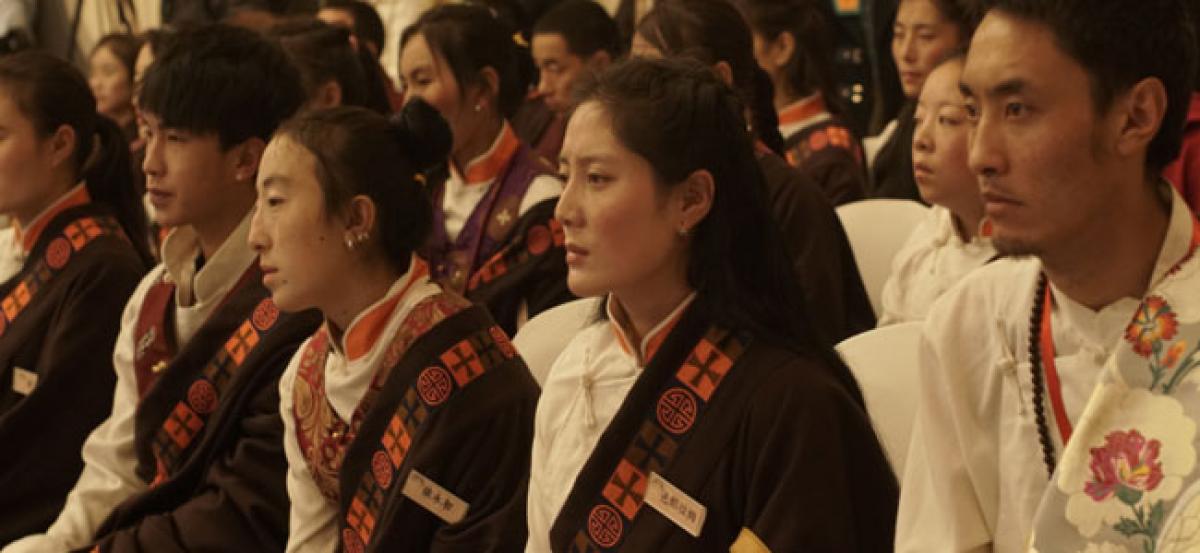Live
- WHOIS database: A new lead generation buzz for 2025
- Retail investors lost Rs 1.8 lakh cr in FY22-FY24 in equity futures and options: SEBI study
- NCLT issues notice to SpiceJet over another unpaid operational debt
- Sub-jr Men's Hockey National: T.N, Punjab, Manipur, Arunachal win on opening day
- Gujarat govt approves Rs 255 crore for road projects in Surat, Rajkot & Gandhinagar civic bodies
- Modi offers 'One Earth' India's expertise in eradicating poverty, bridging digital divide
- Pakistan appoints Lt Gen Asim Malik as new ISI chief
- War of words between ruling, oppn parties over Bengal flood situation continues
- Haaland throwing the ball at Gabriel’s head was a ‘coward’s move’: Arsenal legend Ian Wright
- Labour participation rate hits record 60.1 pc in India’s urban areas, employment rises









